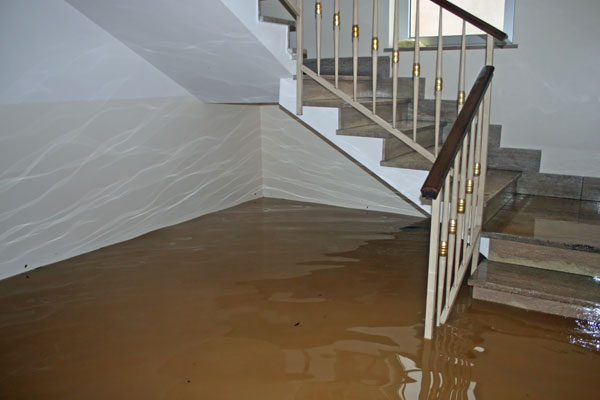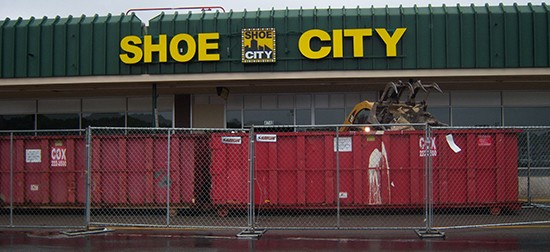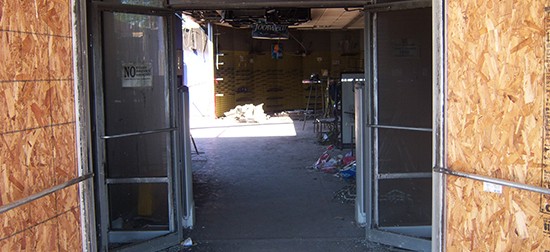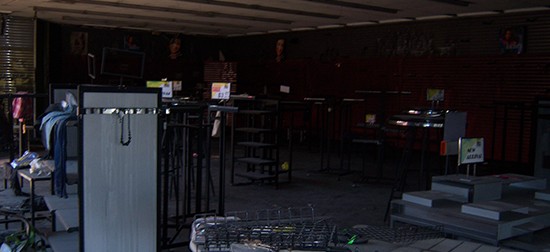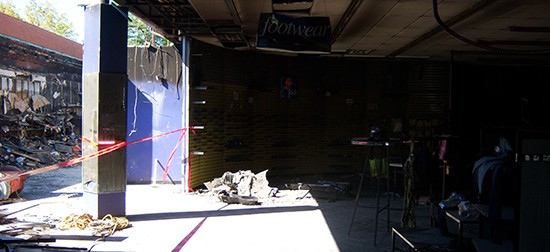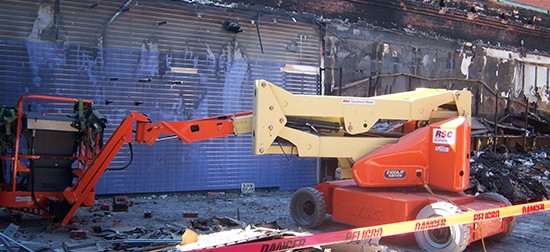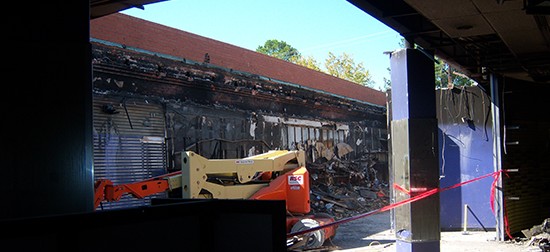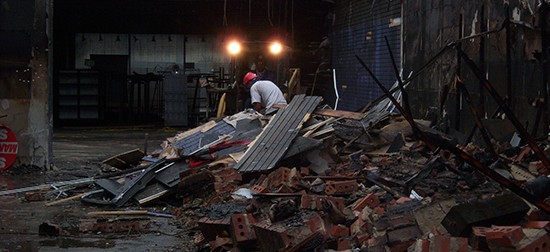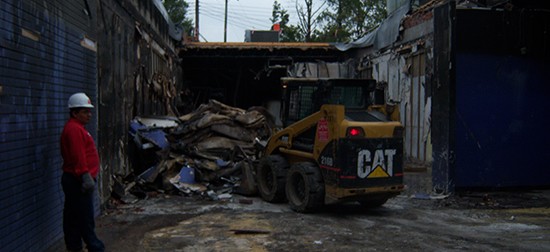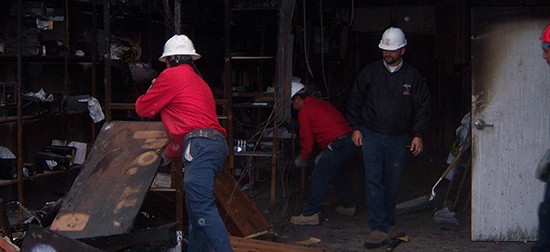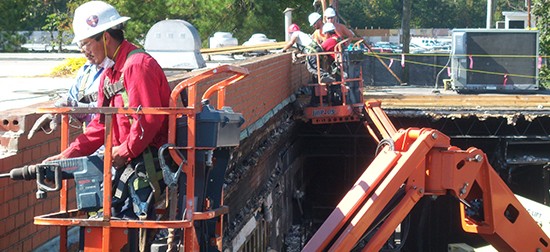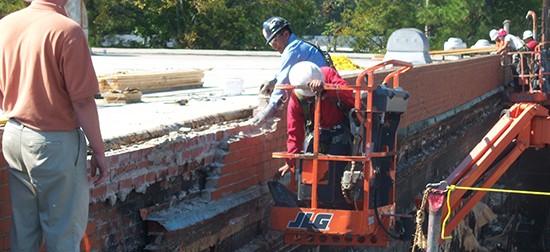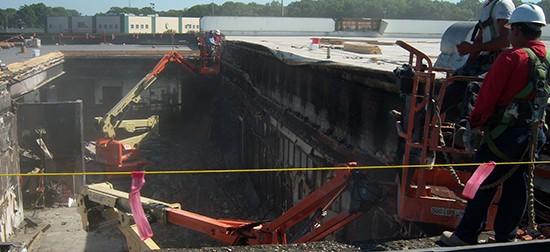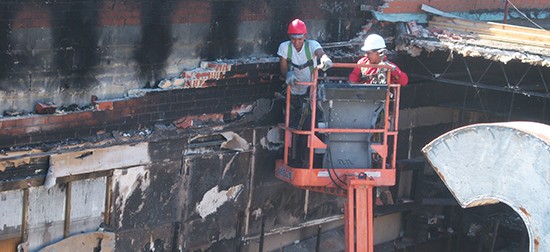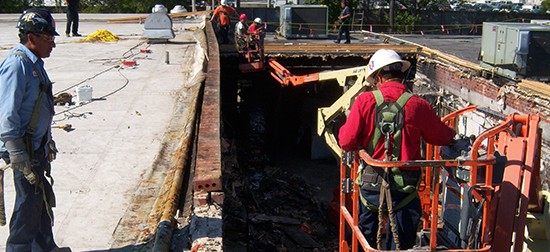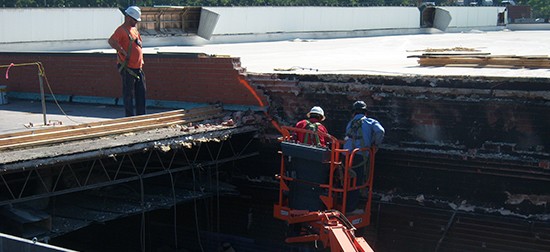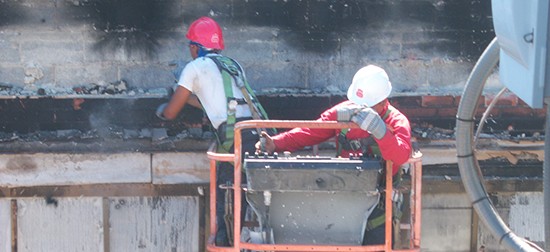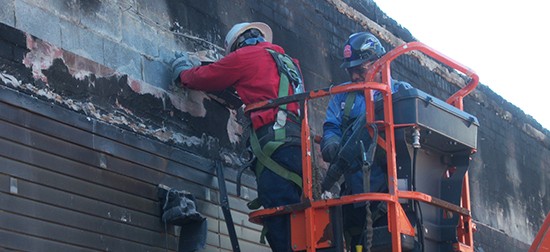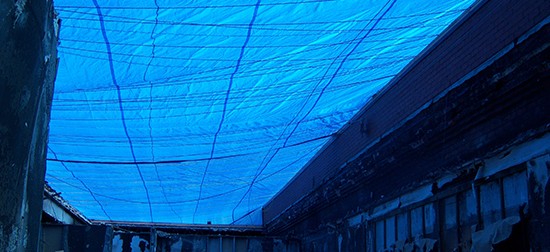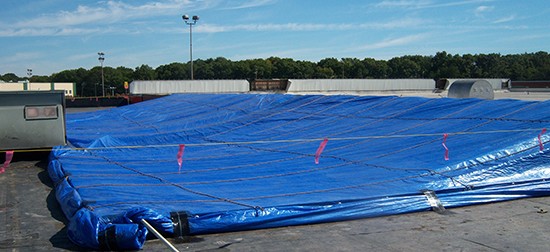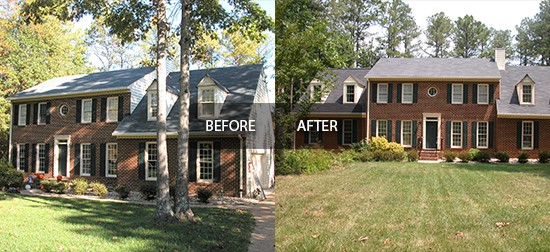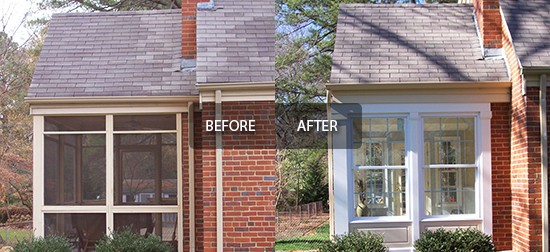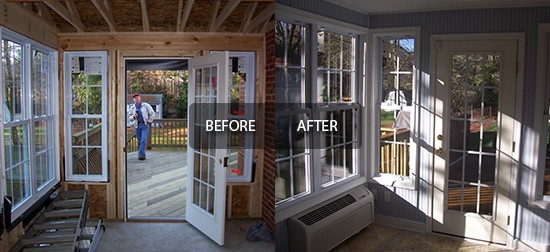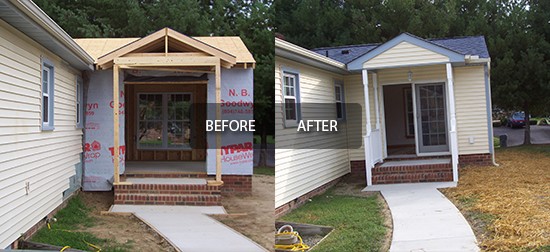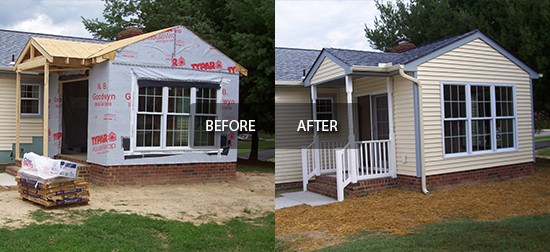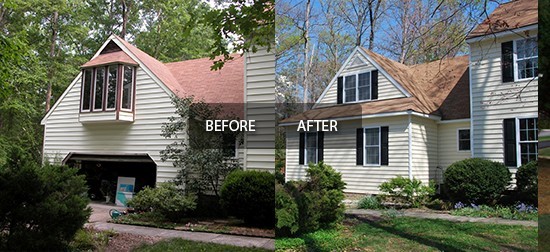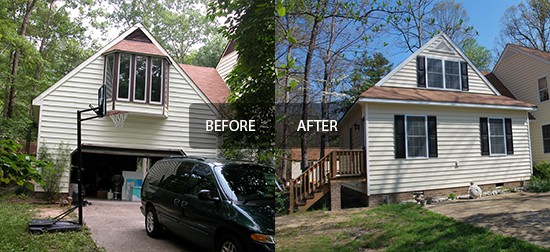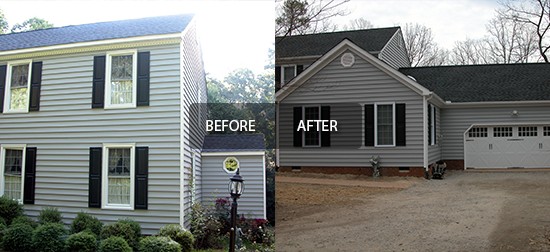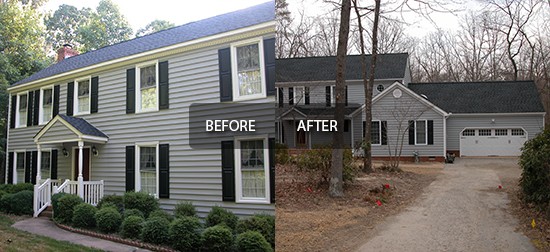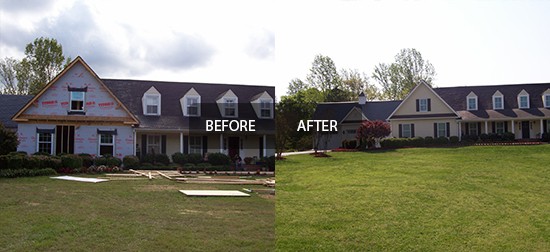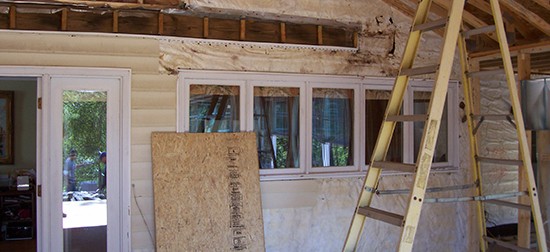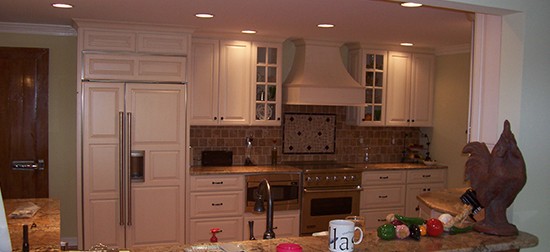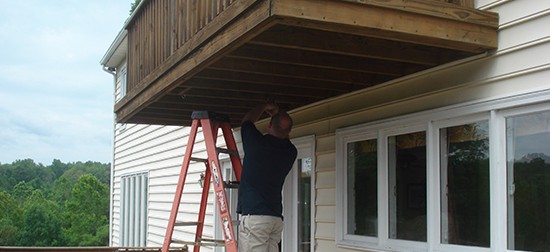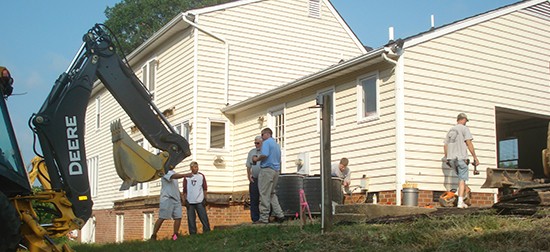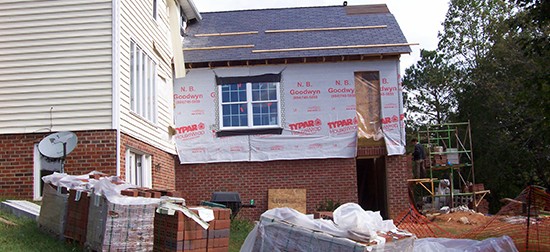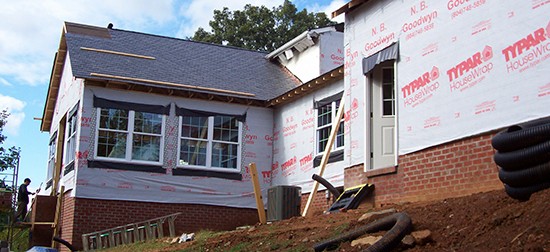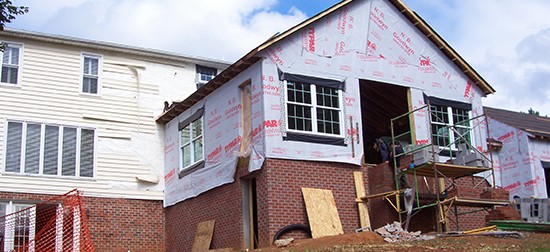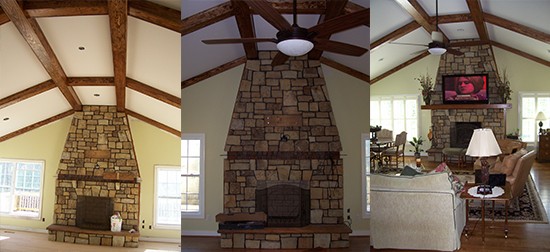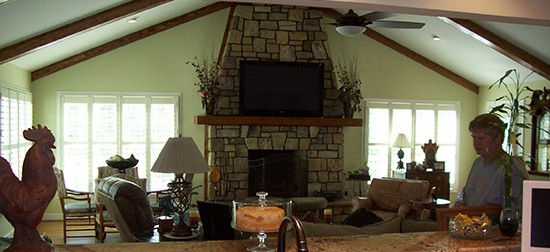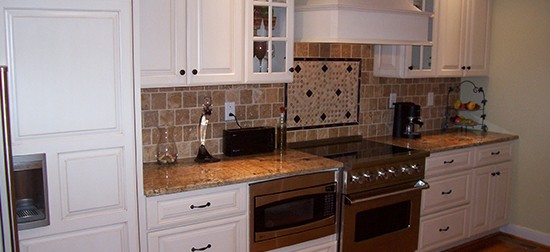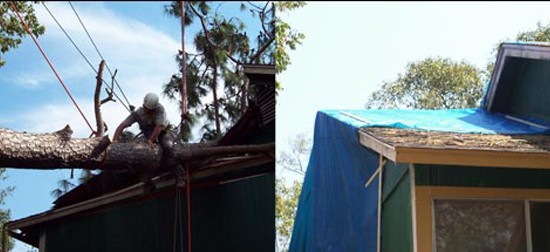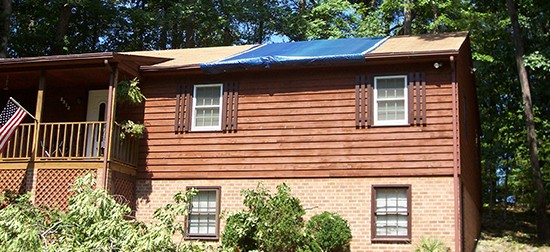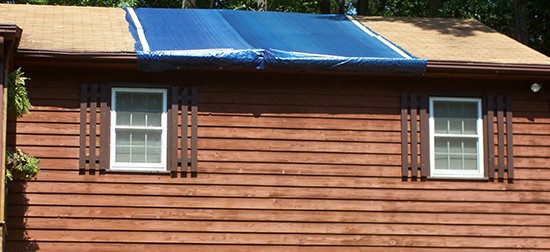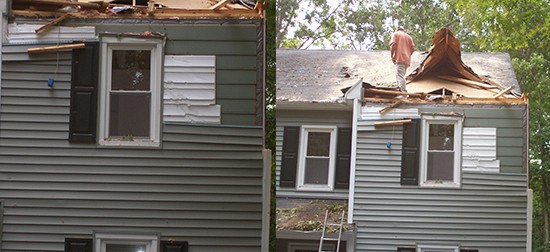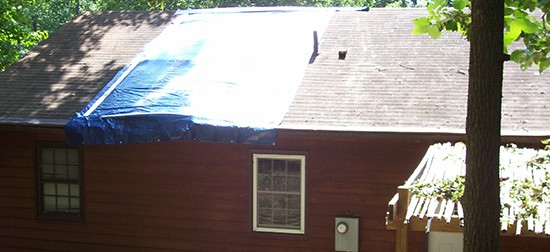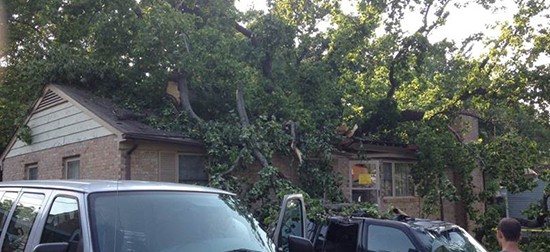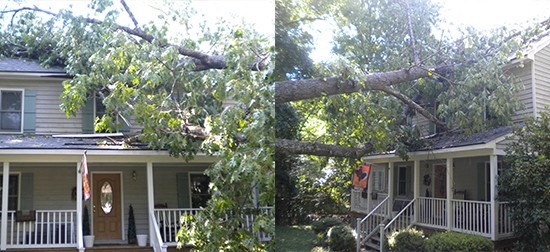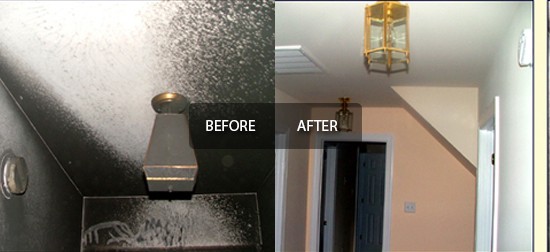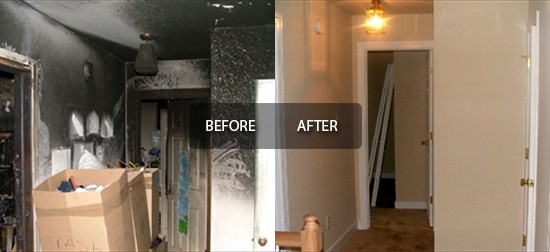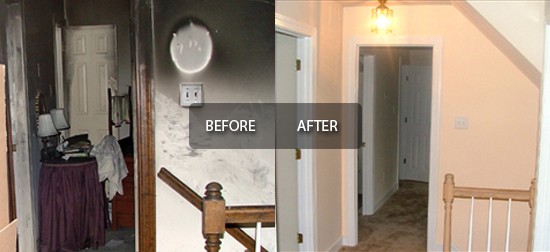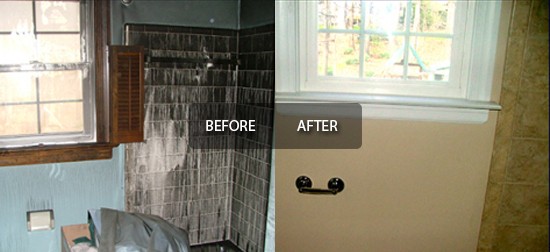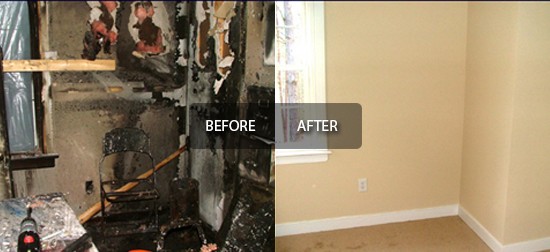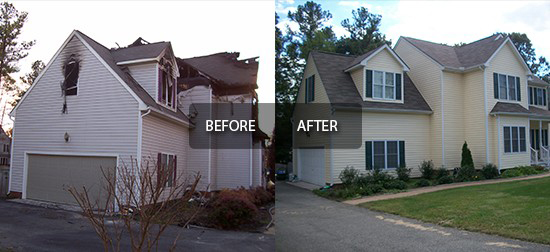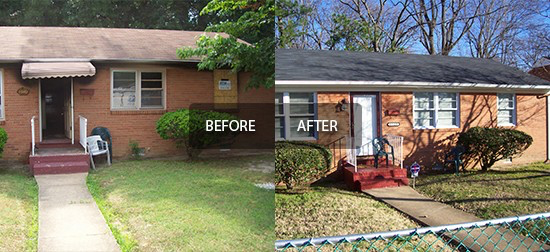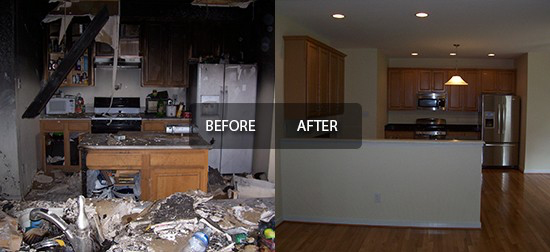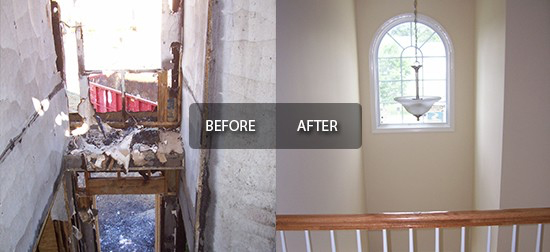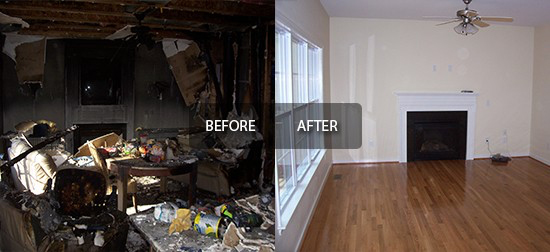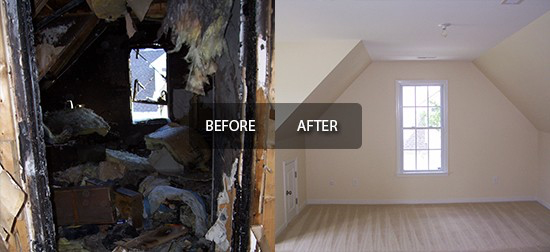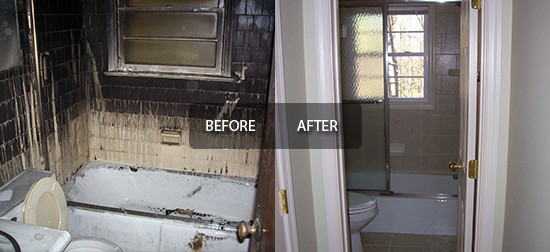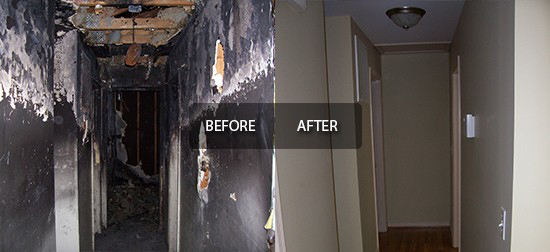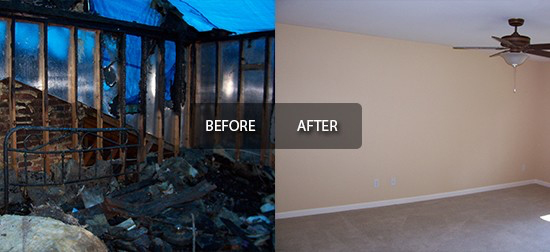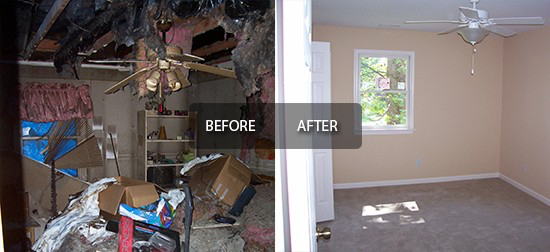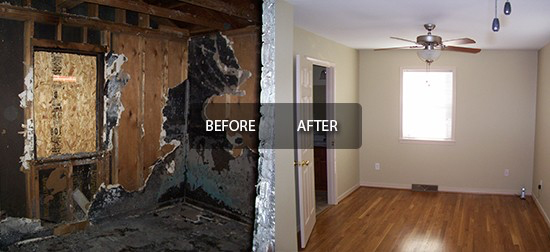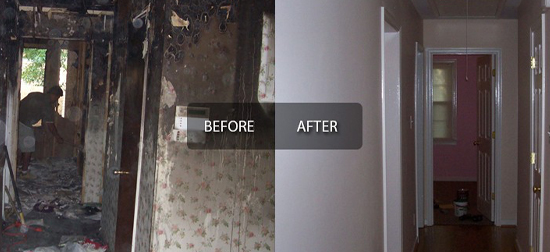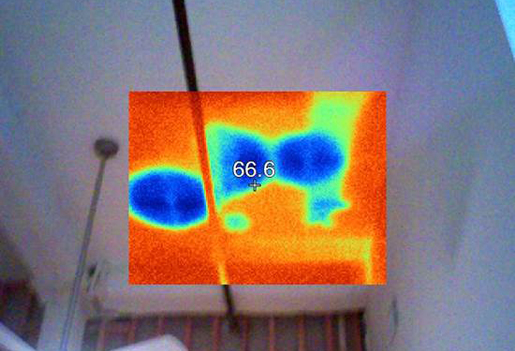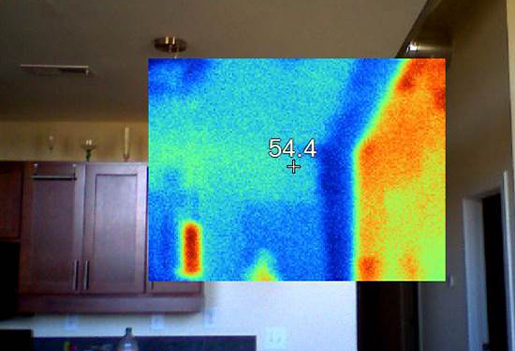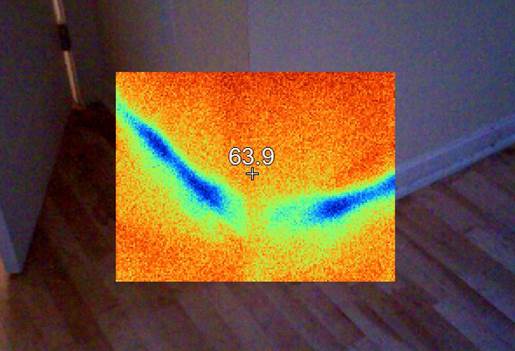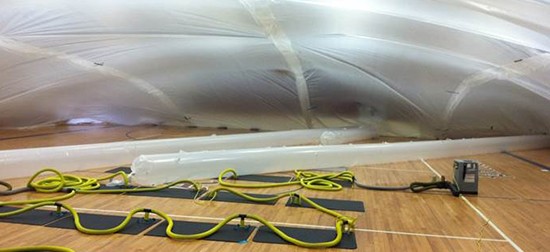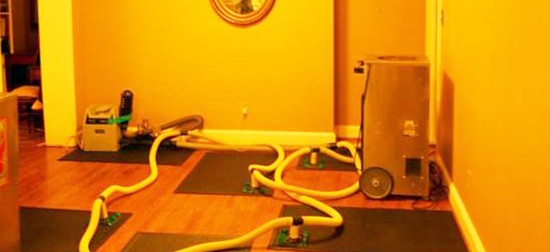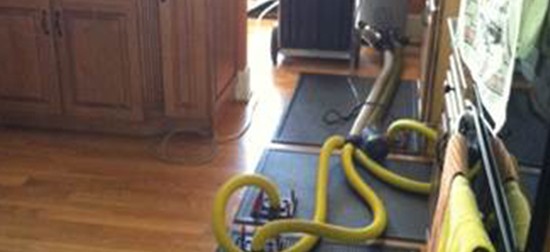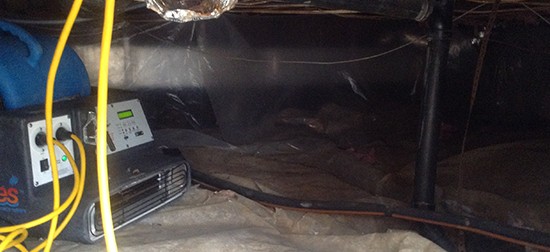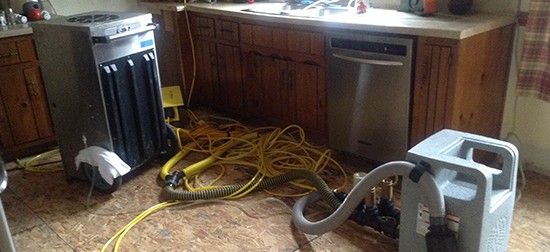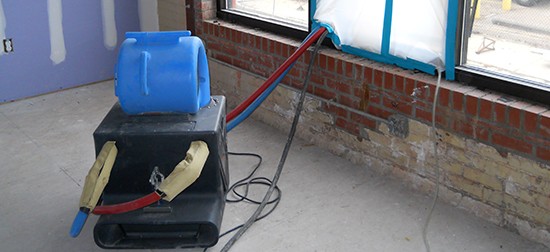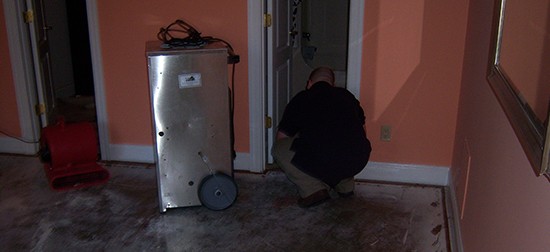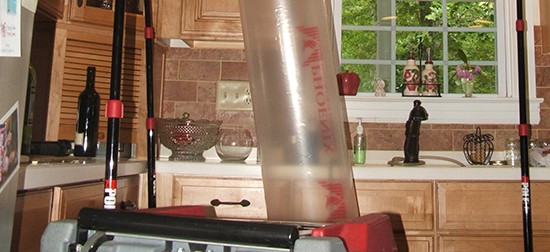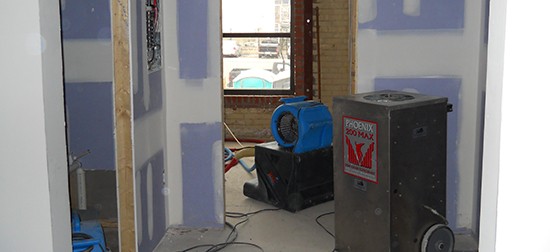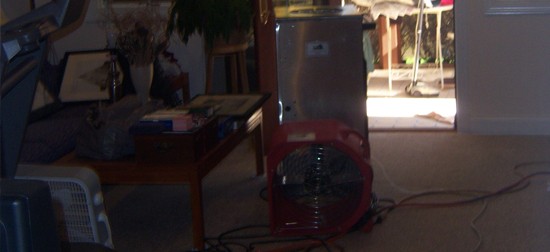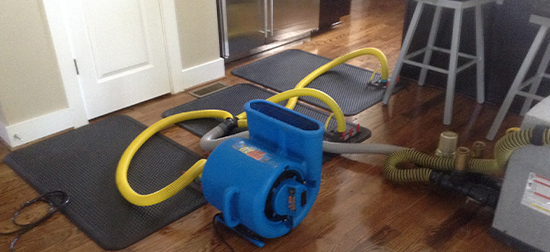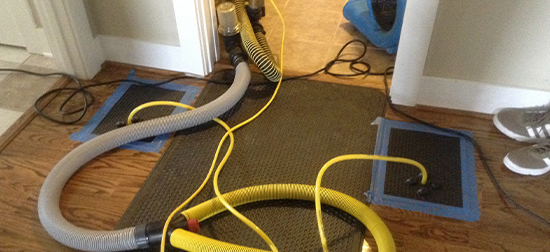People often underestimate water. This simple clear liquid is one of the most common substances on the planet and is absolutely crucial for life as we know it. At the same time, water can be incredibly destructive. Anyone who has seen the aftermath of a tsunami knows just how much damage water can do.
Whether its burst pipes, a backed-up sewer line, or flooding, water damage in your home is one of the most stressful things to go through. Household water damage can not only cost a lot to repair but can also lead to further problems down the line. Water can rot the foundation of your house and damage insulation, wood, framing, electrical wiring, and more. Serious damages often require the help of a professional water damage restoration team.
However, you can often take steps to minimize any water damage and make DIY restorations. It depends on the amount and type of water damage though. There are three types of water that cause damage:
- Clean water: This water does not contain harmful chemicals and comes from rain or leaky pipes. You can normally fix moderate clean water damage on your own.
- Gray water: Gray water damage comes from flooded appliances like your dishwasher, and may contain chemicals and contaminants. With the right guidelines, you can fix moderate gray water damage on your own.
- Black water: Balck water damage comes from backed-up sewage or a contaminated water source. Black water damage can pose serious health hazards and so should be handled by a professional.
6 Water Damage Restoration Tips
1. Remove affected items
The very first thing you should do is turn off the power and start removing affected items. All electronic devices should be unplugged and removed. Water damage around a live electrical circuit can be dangerous, especially if the electrical system has been compromised. Also, the faster you remove any affected items from the water the more likely it is that you can save them. Things like rugs and mats can be saved if you remove them quickly, clean, and disinfect them.
2. Eliminate the water
First things first, you need to get any standing water out of the area. Leaving any standing water will only hinder your repair efforts. You can get rid of excess water through any method. Towels and buckets are good for small volumes of water. For larger volumes, you may need to use a wet-dry vacuum. Most of the time, you can just dispose of the water down the main sewer line in front of your house, assuming the sewer line is not backed up and causing the problem in the first place. The faster your water cleanup, the less likely that mold and mildew will form.
3. Inspect for mold and mildew
The first thing you should do is check for growths of mold and mildew. Mold and mildew can start forming in as little as 24 hours in the right condition, so you need to be prompt about inspecting. Mold can be extremely toxic to humans, so if you find any, you need to be extra careful. If you have small mold issues in your walls, baseboards, or drywall, you can remove the infested material and discard it.
However, if you have serious mold problems, you should try to remove airflow from the affected area and get the help of a professional. Keep in mind that mold can develop in non-obvious spots like in the walls or in the floorboards.
4. Get an airflow going
One reason water damage can get so bad is that the water has no place to go, so it just sits there and decomposes any materials it is touching. Once you have removed any standing water and checked for external signs of mold, you should open up the space as much as possible and get an airflow going. Airing out the affected area will dry out any damaged components and prevent them from forming mold and mildew.
If there is not a high volume of water damage, then you can dry affected areas with a regular box fan and dehumidifier setup. It won’t be perfect, but it will stave off the majority of the damage so you can make further repairs down the road. If you start drying things out quickly, you can avoid the worst of the damage in the long run.
5. Replace damaged components
Even if you get the water up quickly and dry things out, there will probably be some components that are damaged too much. Drywall, siding, and baseboards are all common victims of water damage and are relatively easy to fix on your own. If any structural components of your house were damaged, then you need to be extra careful when removing and replacing materials. Improperly removing structural components can cause even further damage to your house.
6. Seal, caulk, and paint any new materials
Once you have replaced any damaged materials, it’s time to protect them from further water damage. If you have to replace any floorboards, you will have to either seal the new wooden parts or change to a waterproof material like tile or high-end vinyl. Waterproof floor components will protect against water damage in the future.
Any fixture that had to be replaced should be sealed and caulked as well. Fixtures such as toilets, sinks, windows, and frames should be lined with a durable caulk to keep future water from leaking. Lastly, a fresh coat of paint can add one final layer of water protection, and make damaged areas look as good as new!
If you are looking for residential or commercial water damage restoration services, Give VRS a call at 804-745-6131. Our 24-hour team can respond to any emergency and we are fully equipped to operate during the current COVID-19 pandemic. The first 24 hours after water damage are incredibly important, so you need to act quickly. Our emergency team can be there whenever you need us.



